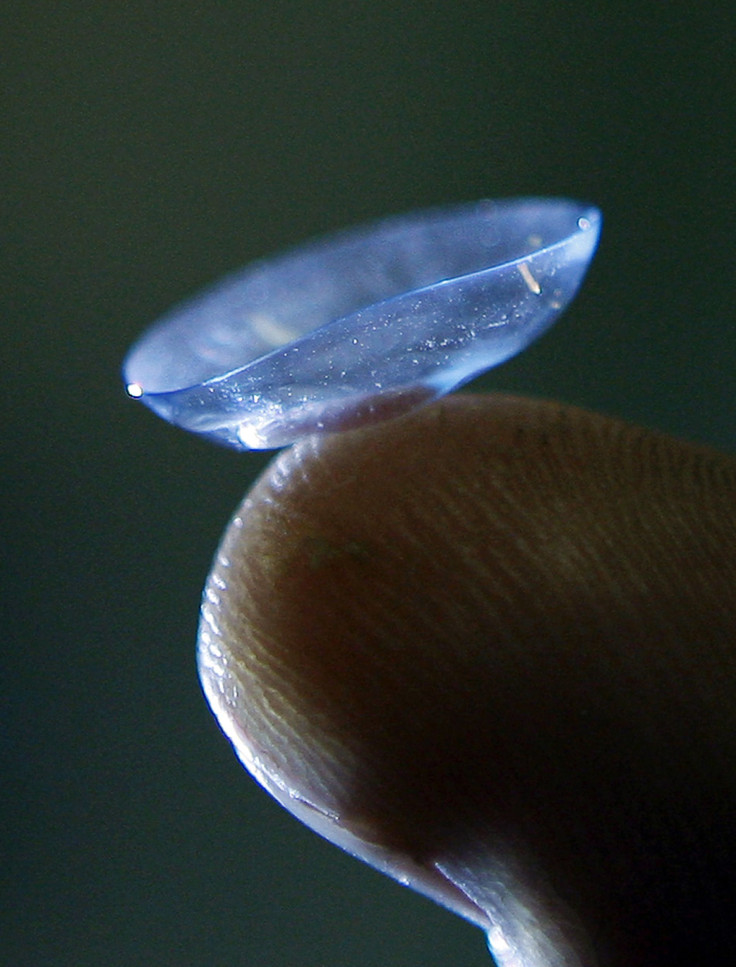Contact Lenses Worn At Night Can Correct Vision During Day

Orthokeratology, also called ortho-k, sounds pretty obscure and almost alien. But it's a concept that dates all the way back to ancient China — when people would wear small weights on their eyelids to reduce myopia, commonly called nearsightedness.
Now the ancient investigation has taken a new turn. Experts have created an alternative to bifocals or reading glasses, using contact lenses that, when worn at night, reshape the cornea so sight is restored during the day. They have termed this treatment "hyperopic orthokeratolgy."
Orthokeratology reshapes the cornea by making physical changes to its epithelial cells. You can think of this way: the lens does to eyes what braces do to teeth — gently shifting the shape of the eye to the correct vision — excluding the pain that comes along with a metal mouth. The lens presses on the eye and gives you the same vision as someone with normal eyesight — practically eliminating the use of glasses during the day for people with age-related eye health like presbyopia. Presbyopia is gradual loss of focus in the eyes for nearby figures and normally occurs between the ages 40 to 65. It progressively worst, making it impossible to read at arm's length.
Techniques called corneal topography, which evaluate the shape and changes to the cornea, began as costly endeavors. More recently, the procedures have become affordable and less complex, with the advent of advanced technology.
The technique was studied and developed by the University of New South Wales in Australia, where two professors at the School of Optometry and Vision Science, Paul Gifford and Helen Swarbrick, investigated the topographic changes of the cornea overnight in young adults after applying the contacts. The findings were published in Optometry & Vision Science.
The lenses used in the study were custom-made for 10 patients and had to be worn overnight in one eye for a week, while the other eye was not treated. The researchers also measured and assessed the resulting shape and structure of the corneas.
The final results were apparent the first day after one overnight experience, when an eye exam showed the lenses adjusted the cornea into the correct shape. The improvement in sight increased over time, while the untreated eye kept the original vision.
Users have to continuously wear the contacts each night in order to keep the corrected vision.
These lenses are currently being used for shortsightedness, but the treatment option could now reach patients who have age-related vision loss like presbyopia.
[Previous version of this article incorrectly stated that the contact lenses could be used to treat Age-Related Macular Degeneration, AMD, and quoted Susan Blakeney, optometrist from The College of Optometrists.
Orthokeratology is a non-surgical procedure that uses contacts to re-shape the cornea to lessen the impacts of myopia, and could be used for individuals with age-related vision loss called presbyopia, it cannot be used to treat AMD.]
Published by Medicaldaily.com



























